David Lalush
Dr. Lalush’s current research interest is in simultaneous PET and MR imaging, especially with respect to developing clinical applications for multimodal, quantitative imaging, primarily in cancer and neuroscience. Applications of machine learning to these problems is a key element.
Dr. Lalush develops new technologies for X-ray imaging, including techniques for preclinical X-ray molecular imaging using nanostructured contrast agents, as well as system design and optimization for tomosynthesis and CT systems based on arrayed X-ray sources. Realistic imaging simulation is a key element of all research in Dr. Lalush’s lab.
Dr. Lalush’s expertise and past areas of research include tomographic reconstruction algorithm development; SPECT and PET imaging; X-ray system design and optimization; image processing; and signal processing.
Simultaneous PET-MRI imaging
The recent development of a combined PET-MRI scanner provides new opportunities to combine two important clinical and research imaging techniques, while also introducing unique challenges. The PET-MRI scanner can acquire inherently-registered PET and MRI images simultaneously, exploiting the complementary nature of the two modalities in anatomical, structural, and functional images. In collaboration with several researchers at the UNC Biomedical Research Imaging Center, we are addressing technical issues, exploiting unique opportunities, and developing new applications for PET-MRI.
Clinical Applications of PET-MRI
We partner with clinical colleagues to perform human-subjects studies for applications of PET-MRI in cancer and neuroscience. We currently have studies examining the potential for imaging to provide early prediction of response to neoadjuvant radiation therapy in high-grade sarcomas, and the potential for PET-MRI to provide additional information to inform surgical decisions in breast cancer.
MR-guided respiratory motion correction of PET in the upper abdomen
Simultaneous PET-MRI offers the possibility of using MR images to correct PET for motion blurring. PET targets in the upper abdomen, such as the liver and pancreas, move during the PET acquisition as the patient breathes, resulting in errors in quantitative estimates of PET uptake Anatomical MRI images taken during the PET acquisition can be used to track the nonrigid motion of the organs, and these estimated motion fields may then be used as the basis for warping the PET solution into a motion-free state. We are developing MR techniques for quickly scanning the patient during PET acquisition and relating these fast images to 3D motion models of the patient acquired prior to PET scanning. We are also integrating 3D motion fields into PET reconstruction to perform the motion correction, and using efficient GPU hardware to perform the intensive computations.
Image Analysis in Combined PET and MRI
PET and MRI measure different properties of tissue; in fact, MRI may be used in different ways to obtain multiple images of tissue emphasizing different properties. We are investigating the use of pattern analysis methods on multiple PET and MRI images to classify tissues into subtypes.
Energy-resolved Quantitative Micro-CT of Metallic Contrast Agents and other materials
Using a CdTe energy-sensitive detector, it is possible to acquire micro-CT data for a series of individual energies in a single scan, producing a set of effectively monochromatic CT images. By exploiting known properties of the absorption spectra of materials in a reconstruction algorithm, we can reduce noise in such images and improve the ability to distinguish different materials by their absorption spectra. This makes possible the imaging, separation, and quantitation of multiple functionalized metallic nanoparticles in a single scan.


